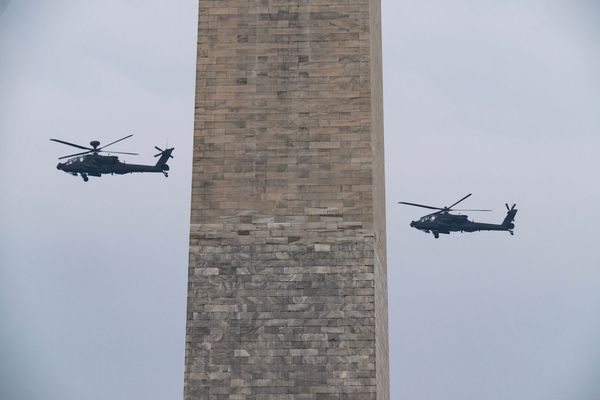
Seventeen years after its implosion rattled the global markets, Lehman Brothers‘ UK arm has finally been put to rest. The long, messy afterlife of Lehman Brothers International Europe (LBIE) ended in a London courtroom yesterday. A judge declared that its ghost has met its obligations.
According to Bloomberg, Justice Robert Hildyard, who has overseen the case for more than a decade, called the moment "seminal," remarking that "the Lehman case is so unusual that it is unlikely ever to be repeated."
He's right. LBIE — once the nerve center of Lehman's European operations — has achieved what seemed unthinkable back in 2008: paying back its creditors in full, with an 8% interest kicker.
For those keeping score, that's roughly £28 billion ($37.5 billion) recovered and redistributed. The miracle workers? PricewaterhouseCoopers (PwC) has been running the marathon since day one. They clawed back assets, fought off creditors, and pocketed a well-earned £1 billion ($1.34 billion) for the trouble.
How London Stabilized The System
LBIE was Lehman's beating heart in Europe — the broker-dealer that made London a trading hub for its structured finance empire. When the U.S. parent collapsed on September 15, 2008, it didn't just take down a bank; it took down global confidence. Yet London, by sheer grit (and a bit of luck), kept the financial world from imploding entirely.
At the 11th hour, Barclays swooped in to buy Lehman's U.S. brokerage unit, saving roughly 10,000 jobs and preventing a total market meltdown. That last-minute deal became a case study in crisis management. Perhaps one of the few good decisions anyone made that week.
Over the years, the UK administration evolved from triage to intricate litigation. The now-famous "Waterfall" cases saw creditors battling over the priority of payments after administrators realized there were surplus funds.
Surplus! For a bankrupt bank. You can't make that up.
Distressed-debt investors like Paulson & Co. and Fir Tree Partners, who had bought Lehman's obligations at deep discounts, reaped enormous profits as the recoveries rolled in. Still, the math doesn't lie: $37.5 billion recovered in the UK is a considerable feat, but it's a footnote compared to the black hole that was Lehman's global balance sheet. Lehman owed $613 billion when it went under.
Lessons From The Past
Lehman's long shadow still lingers in the system. Other subsidiaries — Lehman Brothers Ltd., LB Holdings Intermediate 2 (LBHI2), and Lehman Brothers Holdings Inc. — continue in administration. Judge Hildyard extended their lifelines just long enough to settle tax questions and pass around the last few scraps.
The fact that, nearly two decades later, its UK arm is only now concluding speaks to how tangled modern finance has become. Yet, the same appetite for yield and complex instruments that fueled the 2008 crisis still lingers in the market.
The collapse of the subprime auto lender Tricolor Holdings left a trail of rotten AAA-rated asset-backed securities. Assets are changing, yet the methods of operations remain the same.
The question begs: When the next system break occurs, will these last few Lehman ghosts still be around to watch the replay?
Read Next:
Photo: Shutterstock







